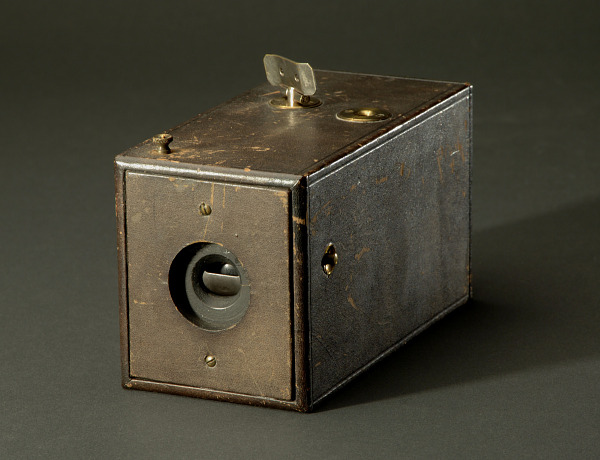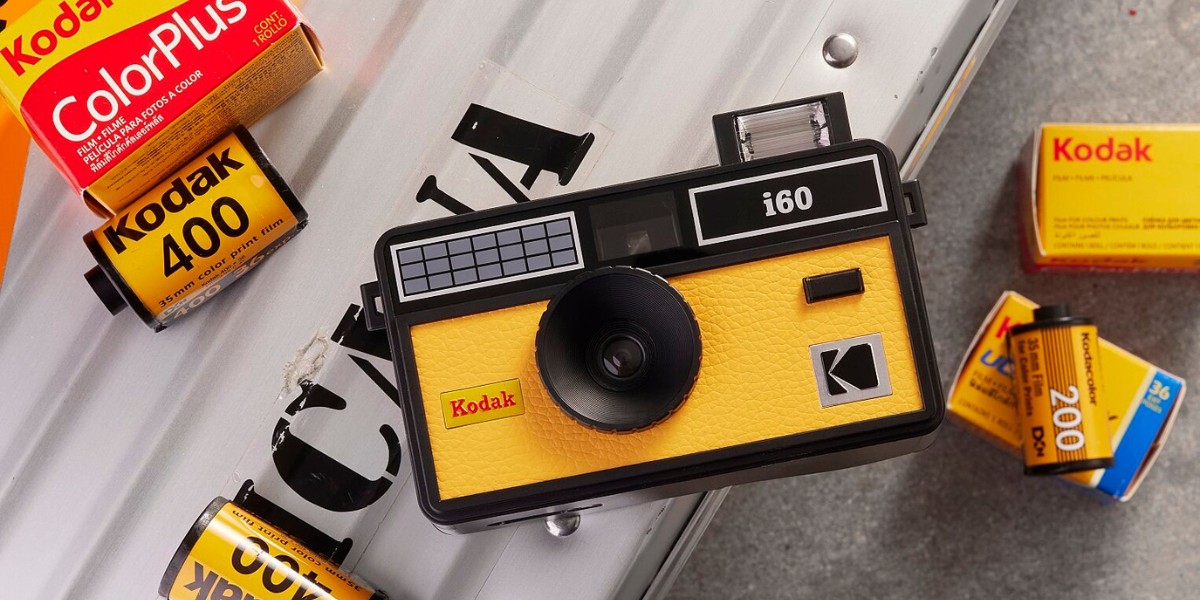Photography pioneer might have to close up shop after 133 years.
It was high-tech, handy, and cool. The Kodak camera was one of those gadgets and gizmos that differentiated cool kids from average Joes back in the 90s. But now, the maker of what was once considered an “it” item among pop culture lovers has announced that it is likely to shutter its shop soon.
Eastman Kodak Co., the company that popularized affordable user-friendly cameras and roll film, warned investors about its “substantial doubt” to sustain its business in an earnings call on Monday, Aug. 11. The New York-based company said that it “does not have committed financing or available liquidity” to pay its roughly $500 million debt that is due within 12 months. “These conditions raise substantial doubt about Kodak’s ability to continue as a going concern,” it wrote in a filing.
While Kodak’s possible closure could mark the end of an era for photography lovers, the company deems it a realistic possibility. Aside from its upcoming debt obligations, Kodak said that its gross profit declined 12%, or $7 million, from $58 million in the second quarter of 2024 to $51 million in the second quarter of 2025.
Last year, the 133-year-old company also decided to end its retirement income or pension plan for former U.S. employees to help reduce its debt. According to Wall Street Journal, Kodak would pay pensioners what they are owed, then redirect the remaining funds to existing debt obligations.
Related story: Polaroid Go Gen 2 review: Little instant camera goes big on indoor film photography
Related story: Oakley’s smart glasses let you converse with Meta and shoot 3K videos
Kodak’s revenue has likewise been declining in the last two decades, based on CompaniesMarketCap’s record. It dropped from $1.11 billion in 2023 to $1.04 billion in 2024, and plunged 17% from $1.24 billion in 2019 to $1.02 billion in 2020. The most notable slack was in 2012, when Kodak’s revenue fell 35% from $5.82 billion in 2011 to $3.76 billion in 2012.
And if its plan for shutdown feels like déjà vu, that’s because Kodak already declared Chapter 11 bankruptcy in that same year, in 2012. CNN reported that back then, the 133-year-old company had 100,000 creditors and debts totaling $6.75 billion.
Still and all, the company committed to going all out to pay its debts within the next 12 months. In a statement sent to CNN and ABC News, Kodak said that it’s “confident it will be able to pay off a significant portion of its term loan well before it becomes due, and amend, extend or refinance our remaining debt and/or preferred stock obligations.”

The rise and fall of a photography pioneer
Eastman Kodak Co. was initially founded by George Eastman in 1880 as Eastman Dry Plate Company. It regorganized as Eastman Kodak in 1892, four years after the American innovator introduced the first Kodak camera. It was his goal to make photography accessible to everyone, so he designed the now-iconic camera as a simple, handheld device that came with a single user-friendly button and pre-loaded with a roll of film. Its ease of use was reflected in its slogan, “You press the button, we do the rest.”
His invention revolutionized photography, placing its power in “the hands of anyone who could press a button,” as the National Museum of America puts it. The company enjoyed a century of success thereafter. It was awarded 79,000 worldwide patents throughout the time and even accounted for 90% of film and 85% of camera sales in the U.S. at a point in the 1970s, according to The Economist.

A true game-changer, Kodak introduced the world’s first digital camera in 1975. But little did the photography pioneer know, it actually gave birth to a monster that would later take the life of its business. Kodak failed to innovate and capitalize on the fast growth of digital technology.
Meanwhile, its competitors like Sony, Canon, Nikon, and Fujifilm were quick with their digital transformation. These companies invested heavily in research and development to produce cameras that are quick and easy to use for anyone living a fast-paced lifestyle. This ultimately led to the downfall of a key innovator in the industry. And although Kodak’s dominance may have waned over the years, but its contributions to the history of photography continue to solidify its place as a pillar in the industry.
Related story: New features possibly coming to iPhone 17 that’ll make you want to upgrade







